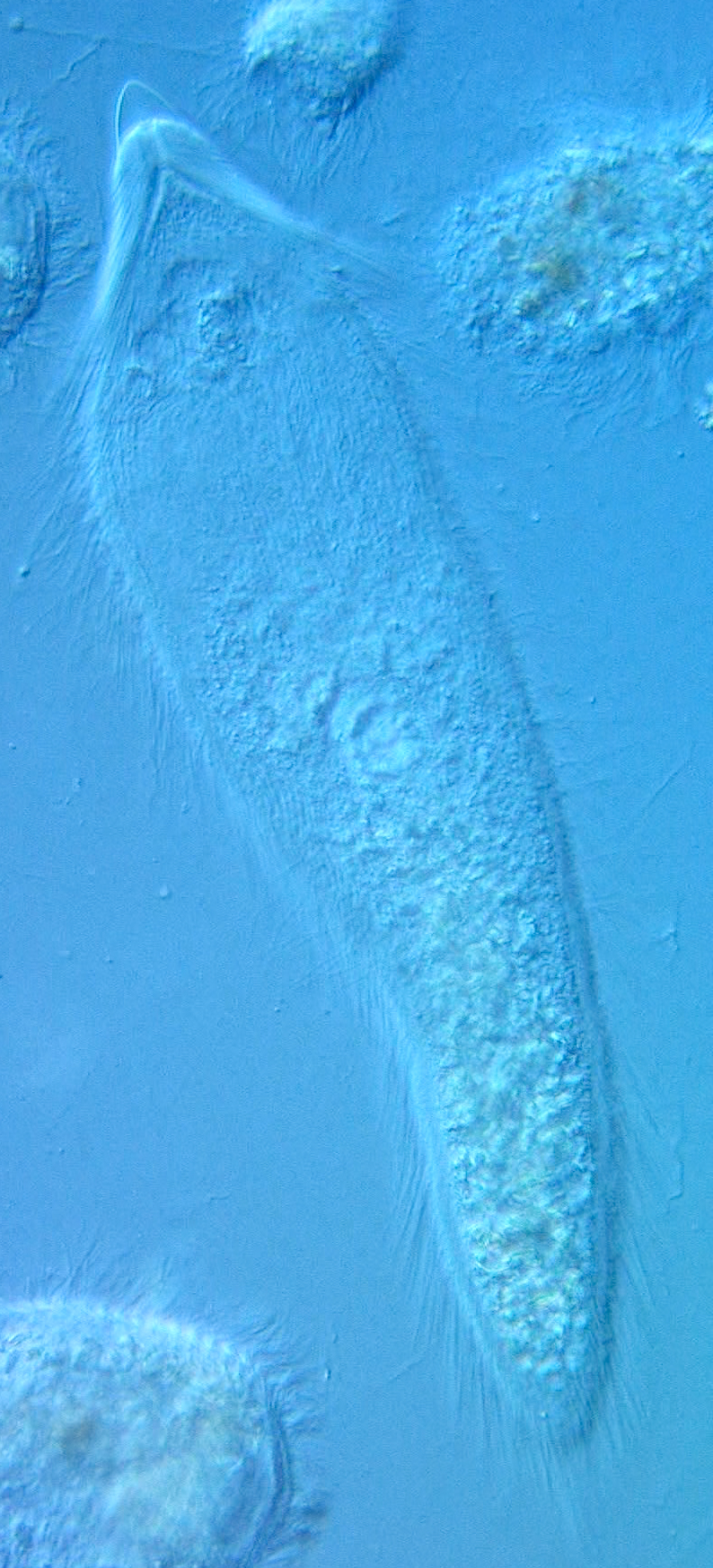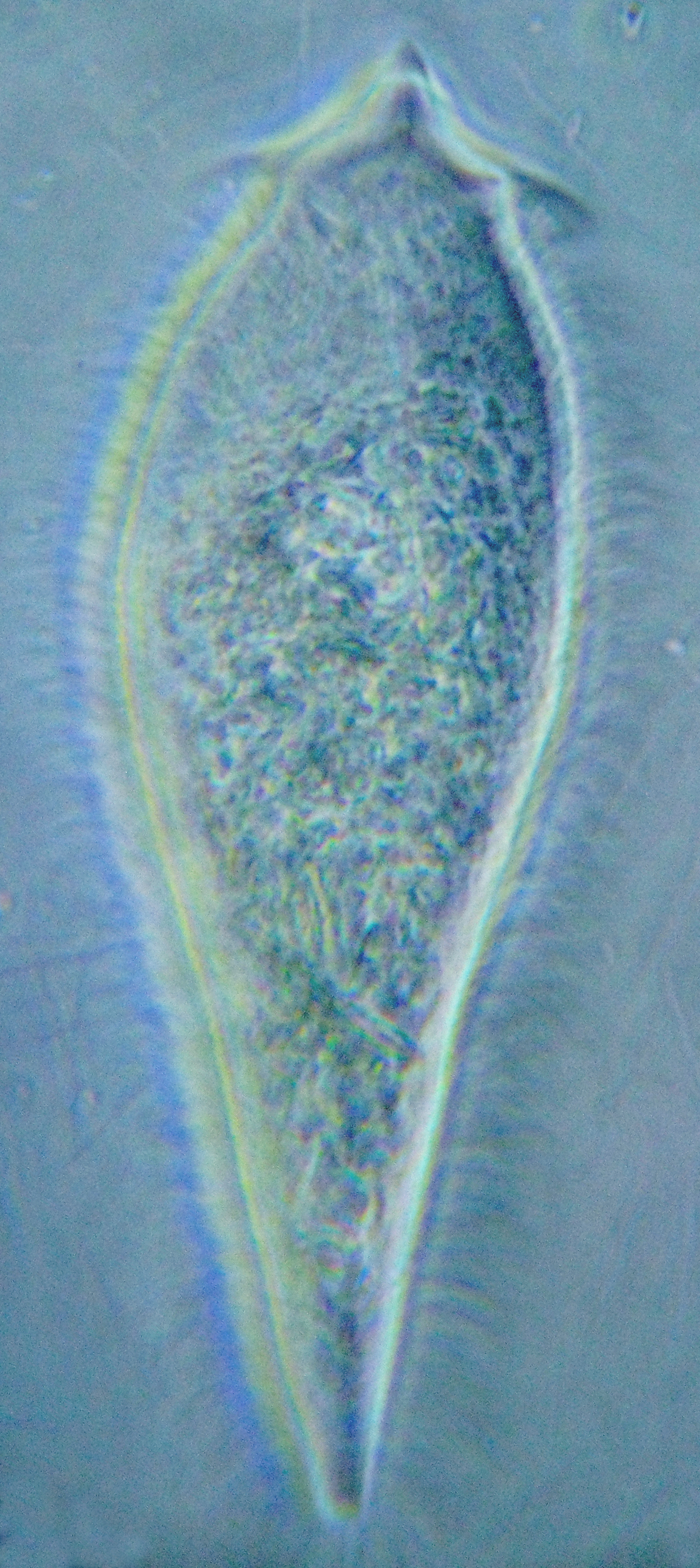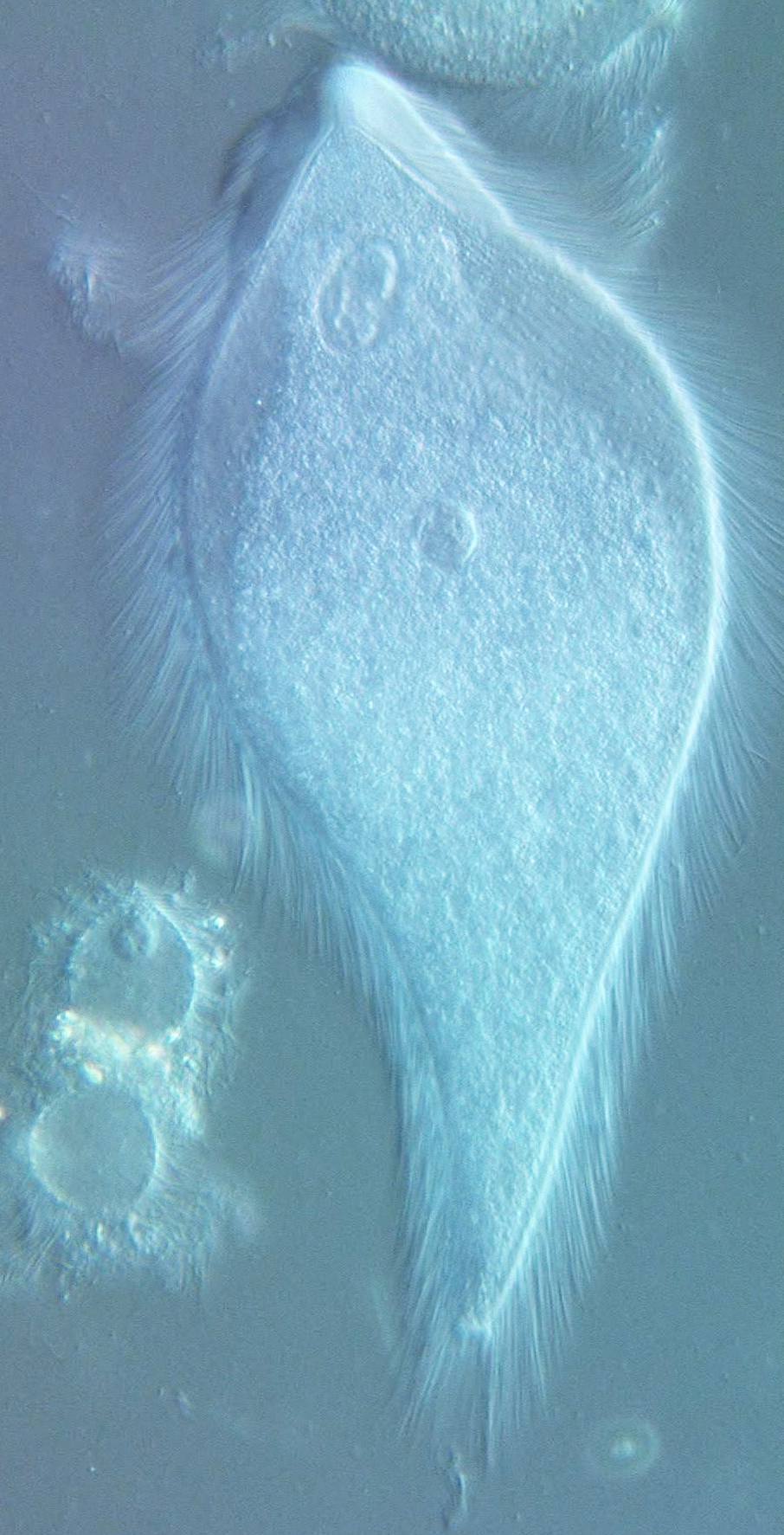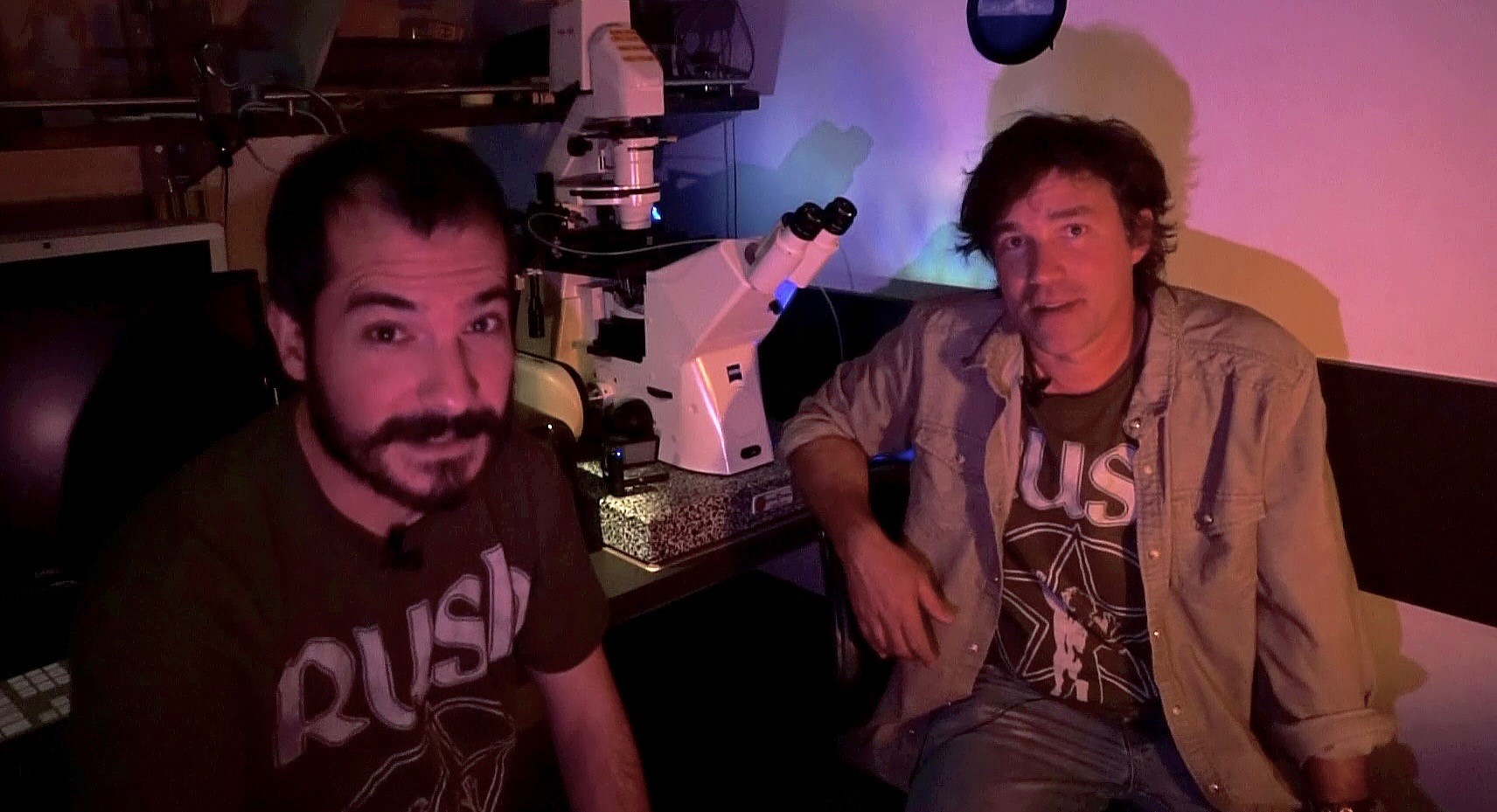New Species Named in Honour of Rush Band Members


 Throughout their storied career, the members of Rush have received numerous accolades, awards, and recognitions. In addition to their lengthy list of musical awards and memberships in various “Halls of Fame”, Rush were the first rock band to be invested as officers of the Order of Canada. They received stars on both Canada's and Hollywood’s Walks of Fame, honorary PhDs, and, more recently, a trio of Capybara Pups housed at Toronto’s High Park Zoo were named after the band.
Throughout their storied career, the members of Rush have received numerous accolades, awards, and recognitions. In addition to their lengthy list of musical awards and memberships in various “Halls of Fame”, Rush were the first rock band to be invested as officers of the Order of Canada. They received stars on both Canada's and Hollywood’s Walks of Fame, honorary PhDs, and, more recently, a trio of Capybara Pups housed at Toronto’s High Park Zoo were named after the band.Now, in another ‘first’ for the band, a newly-discovered trio of microbial species will be forever connected to Rush. Patrick Keeling, a professor of Microbial Evolution at the University of British Columbia recently informed me that three new species of have been formally named in honour of the members of Rush: Pseudotrichonympha leei, Pseudotrichonympha lifesoni, and Pseudotrichonympha pearti.
 The new species are large, single-celled organisms called “parabasalians” that live inside the guts of termites and help digest the wood they eat. The cells are covered in thousands of long threads called flagella, that give them the appearance of having long, flowing hair. What’s more, under the microscope the cells dance and gyrate, bobbing their heads and swishing their “hair”, with frequent time signature changes. “It was immediately obvious to us that these things had to be named after Lee, Lifeson, and Peart”, says Keeling. “I had recently recommended Rush to the postdoc from Spain working on the project, Javier del Campo. He asked for some good Canadian music, and I suggested a few Rush songs. When he first heard YYZ all he said was, ‘…weird and awesome…’, and he took to the rest of it straight away as well”. Keeling and del Campo have now published the new species in the open access journal, Scientific Reports (www.nature.com/articles/s41598-017-16259-8), citing the band members’ history of having “inspired an interest in natural history and science through art” in the formal description.
The new species are large, single-celled organisms called “parabasalians” that live inside the guts of termites and help digest the wood they eat. The cells are covered in thousands of long threads called flagella, that give them the appearance of having long, flowing hair. What’s more, under the microscope the cells dance and gyrate, bobbing their heads and swishing their “hair”, with frequent time signature changes. “It was immediately obvious to us that these things had to be named after Lee, Lifeson, and Peart”, says Keeling. “I had recently recommended Rush to the postdoc from Spain working on the project, Javier del Campo. He asked for some good Canadian music, and I suggested a few Rush songs. When he first heard YYZ all he said was, ‘…weird and awesome…’, and he took to the rest of it straight away as well”. Keeling and del Campo have now published the new species in the open access journal, Scientific Reports (www.nature.com/articles/s41598-017-16259-8), citing the band members’ history of having “inspired an interest in natural history and science through art” in the formal description. Fans of Rush can find pictures and movies of P. leei, P. lifesoni, and P. pearti in this freely available paper, but more unusually Keeling and del Campo also buried some secret Rush treasures in this technical report. “You don’t often see so many Rush lyrics in a scientific paper,” Keeling noted, “we put some effort into weaving quite a number of Rush references into the paper, and I hope enthusiasts have some fun ferreting them out of the text.”
From the official press release:
Long-haired microbes named after Canadian band Rush
Three new species of microbe found in the guts of termites have been named after members of the Canadian prog-rock band Rush, owing to the microbes’ long hair and rhythmic wriggling under the microscope.
The microbe named after drummer and lyricist Peart contains a rotating intracellular structure never seen before. The researchers dubbed this the “rotatosome,” and even though they tested several theories, they still can’t figure out what it does.
“We have looked at a lot of crazy cells in my lab, and none of us has ever seen anything like this,” Keeling says.
For more information:
Keeling Lab Web Page: www3.botany.ubc.ca/keeling/
Official Press Release: www.science.ubc.ca/news/
YouTube Movie: www.youtube.com/watch?v=HG5eoa3rucY
Images: www.flickr.com/photos/ubcscience/sets/72157689537063604/with/38585930401/
Scientific Reports Publication: [Online Version] -- [PDF Version]

Comments
Post a Comment